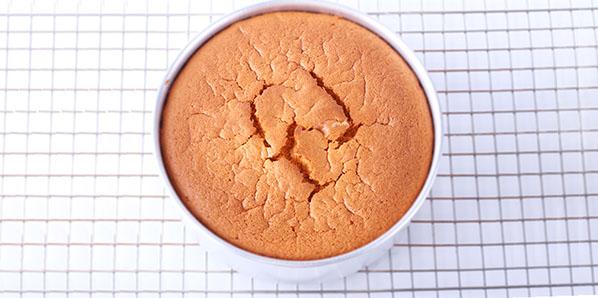- No products in the cart.
Why did my cake crack?
24
Feb
It’s quite normal for most cakes to rise slightly, but if a cake ‘domes’ in the centre and/or cracks significantly, it could be due to one or a combination of the following reasons:
-
The oven temperature is too high
If the top crust forms and sets before the cake has finished rising, the middle will try to push through the crust as it continues to bake, causing it to crack and possibly dome. Check your oven with an oven thermometer and reduce the temperature accordingly if it is running hot. If the temperature is reading as correct or the problem persists, try reducing the temperature by 10°C and see if this helps – the temperature given in a recipe may be incorrect. Also, always place cakes on the middle shelf (or whichever means the cake is sitting in the centre of the oven); the heat may be too high on the top shelf.
-
The batter contains too much raising agent
Too much baking powder will cause a cake to rise too quickly and too much, making it crack or spill over the sides of the tin. Reducing the amount of raising agent or using a combination of plain and self-raising flours will help produce a more even surface.
-
The tin is too small for the amount of batter
If this is the case, there is obviously nowhere other than up for the cake to go as it bakes, and it will inevitably dome and then crack. Using a larger tin will fix this easily.
-
An imbalance in the recipe
Too much flour or too little liquid such as milk or eggs, for example, will cause the batter to be thick and less ‘flexible’, and result in cracking on the surface as the cake bakes, as well as a heavy, dense texture. Trying to fix an ingredient imbalance in a recipe can cause more problems than it solves, so the best solution for a ‘bad’ recipe is simply to try a new one from a trusted source.
-
The mixture has been overbeaten
Beating a mixture too much will develop the gluten, making the batter heavy. Ultimately, the effect will be similar to having an imbalance of ingredients. To avoid this problem, take note of the instructions in the recipe and only beat or mix for as long as it states.
Blog contributed by Anneka Manning of BakeClub.











